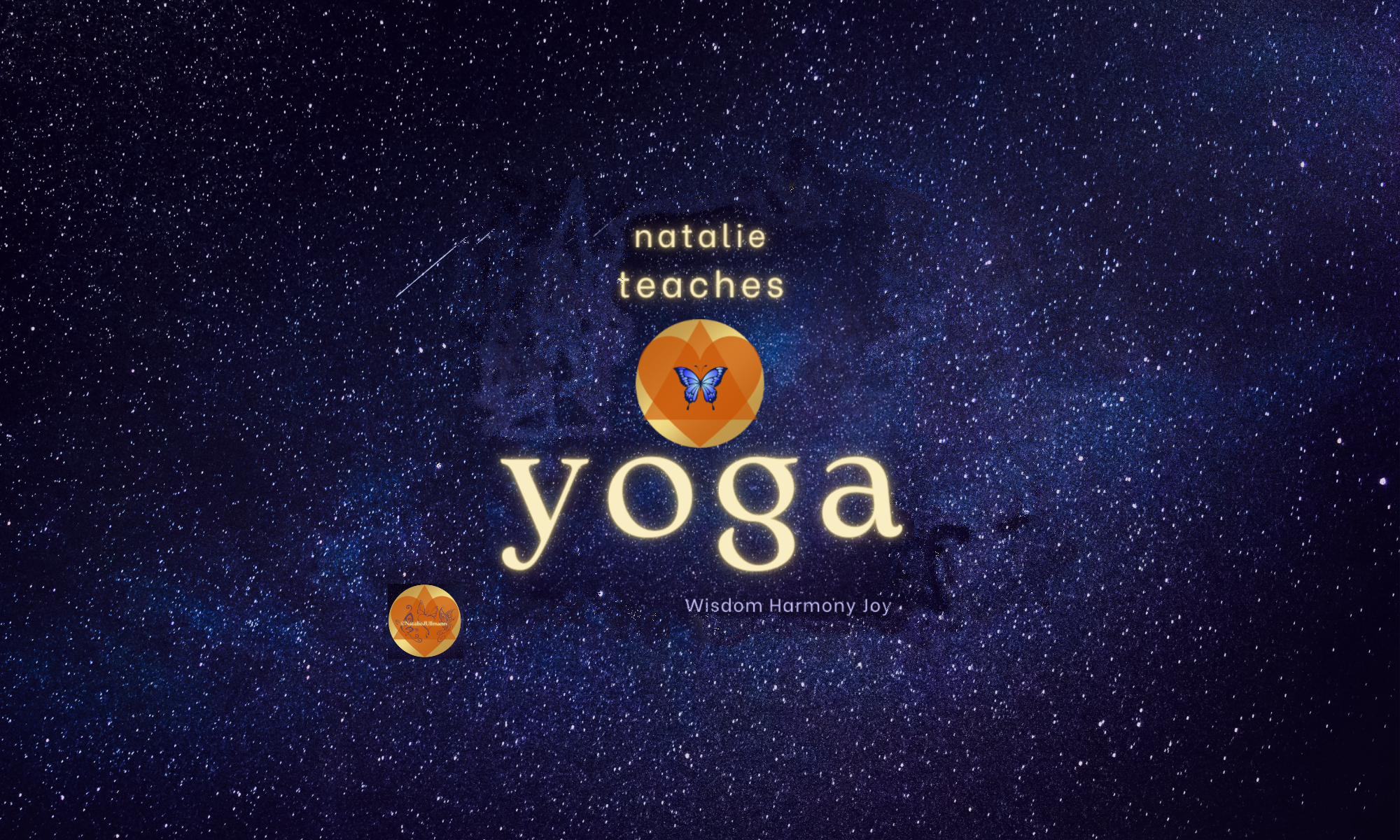Sometime in the early 2000’s , a series of teachings on the Hatha Yoga Pradipika were presented at the school where I taught. At that time yoga branding was all the rage- a new thing = and people were using Sanskrit words to define their yoga, their clothing brand, their travel agencies. We had great fun with this. You see, at that time most of the people who were branding that way were part of this kind of geeky cool strata of the New York yoga world in which everyone studied Sanskrit because it was “cool” I’m not making this up, there were fashionable New Yorkers participating in this. Someone had branded the word Kaladanda for something, I don’t remember what, but we all were given baseball caps with a beautiful design and the word Kaladanda on them. Kaladanda is a staff carried by the Lord of Death, Yama, in the Ramayana an important Indian epic. The word is composed of “Kala” which is time and “Danda” is staff – the club with which we beat time. In the Hatha Yoga Pradipika the Danda is the Yogi’s staff (see Dandasana) or the energy channel that runs a long the spine, formally known as the sushumna nadi. If we beat time there is no death. The reference is to our capacity to visit worlds without restrictions through our yoga practices. If you’ve ever experienced a truly blissful moment of joyful absorption in your creativity, in love, or on your mat, you have touched this timeless unrestricted space. Many of us have, although the magnitude appears to be somewhat more dramatic in the yoga practices. A well done Hatha Yoga practice empowers the yogi to enter these states of consciousness at will.
How does this work – we spoke last week about the way Arundhati, or kundalini, travels up the sushumna nadi along the spine – and travels through and opens three knots called the granthis – each of these being a conditional experience of limitation. The Rudra granthi placed at the juncture before the opening of the third eye is what keeps us anchored in time and space. To experience a state of consciousness that is beyond time is to know true liberation.
What practical value does this have? A lot. You know that wound you are carrying from age 15? (Forgive me if you are beyond that, but most of us humans carry a little baggage) well, it can be resolved through the practice. How can that be? When we carry those moments we don’t really move forward, we keep feeing the same feelings and choosing the same things over and over. When we touch the space outside of linear time the clarity that arises at that moment allows us to choose differently, Taking ownership of that power to choose anew heals the wounds from choices made long ago, before we knew better.
What other practical value does the experience of yogic liberation have? Entering a transcendental space, the relationship to the body changes. It ceases to define our experience of life, instead the yogi defines the body. To me this is a great power of the practice of Hatha Yoga. One can attain transcendental states in meditation or chanting or study, but the relationship with the body is transformed uniquely through Hatha Yoga. Transforming the relationship to the body is pivotal to the spiritual journey. To be comfortable dealing with the body as things arise is a form of freedom.
It is worth reading the stories of the great jivanmuktas of India – as this unique relationship to the body is frequently demonstrated to their followers. There are many validated tales of Neem Karoli Baba, Ramana Maharshi and others taking disciples disease states into their own body, and by transforming the disease themselves leaving the disciples body healed and whole.
In practical terms in our Hatha Yoga practices a transformed relationship with the body points to an opportunity to shift our yoga experience from confining to liberating. Through directing how we interact with the body via our thoughts and beliefs while on the mat, we lay the groundwork for a different life with the body. Some practical tools to begin transforming the relationship with the body:
- Om – Om always resolves unclear thinking.
- Tune into sensation rather than labeling. If a knee hurts in postures breath and observe and feel. But I avoid going into the realm of “there is something wrong” or even “pain”. I also don’t push it away. The recommendation would be to stay present with it without developing a story about it.
- Make the breath primary and layer the body experience on top of that.
- Practices turning the mind towards breath or Om, love or devotion, as you practice.
The tales of beating death are glamorous and enticing. For today we can understand this idea of transcending death is really about changing our experience of time, and our relationship to the body. This opens the doorway to understanding and living our lives in a new, less restricted way.

